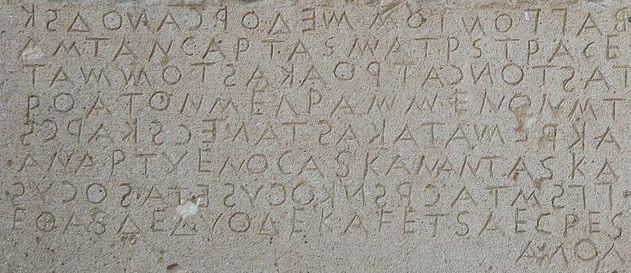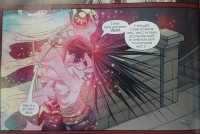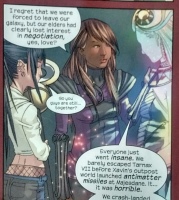The Hell of the Ball
Mar. 13th, 2025 07:28 pmA one page RPG about avoiding people at a Regency party
It is one of the most anticipated nights of the London Season. You are at a fine ball, surrounded by the wealthy and titled, wearing a gorgeous (and extremely expensive) outfit. Hundreds of candles light the room, and a small orchestra is playing a minuet.
You hate it and you want to leave.
Let us be frank: some gentlepersons simply would not enjoy the glittering spectacle of a grand Society occasion—or at least not every night. This game envisions an unwilling, unimpressed, somewhat grumpy participant at the sort of grand rout one sees in hundreds of Regency romance novels, as many of us who read them must admit we sometimes would be.
It is hot, it is loud, it is unpleasant, and someone has just stepped on your foot. Can you find a single moment of privacy at this event?
You will need: A standard deck of 52 cards and a six-sided die.
Free PDF available here!
This is not actually the game I expected to post first. The first game I wrote was The Haunted Ruin, currently in playtesting, but that is somewhat large and I will be charging for it and playtesting and editing take time. And then I had an idea for something a lot smaller, so I accidentally wrote a one-page RPG to test uploading things to itch.io before the large project. So that worked out well.
It is one of the most anticipated nights of the London Season. You are at a fine ball, surrounded by the wealthy and titled, wearing a gorgeous (and extremely expensive) outfit. Hundreds of candles light the room, and a small orchestra is playing a minuet.
You hate it and you want to leave.
Let us be frank: some gentlepersons simply would not enjoy the glittering spectacle of a grand Society occasion—or at least not every night. This game envisions an unwilling, unimpressed, somewhat grumpy participant at the sort of grand rout one sees in hundreds of Regency romance novels, as many of us who read them must admit we sometimes would be.
It is hot, it is loud, it is unpleasant, and someone has just stepped on your foot. Can you find a single moment of privacy at this event?
You will need: A standard deck of 52 cards and a six-sided die.
Free PDF available here!
This is not actually the game I expected to post first. The first game I wrote was The Haunted Ruin, currently in playtesting, but that is somewhat large and I will be charging for it and playtesting and editing take time. And then I had an idea for something a lot smaller, so I accidentally wrote a one-page RPG to test uploading things to itch.io before the large project. So that worked out well.









